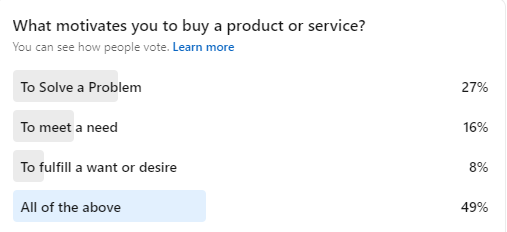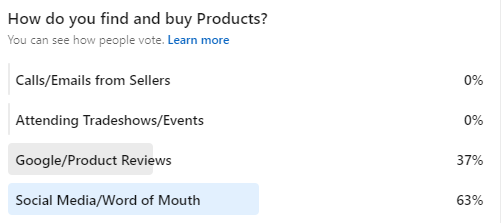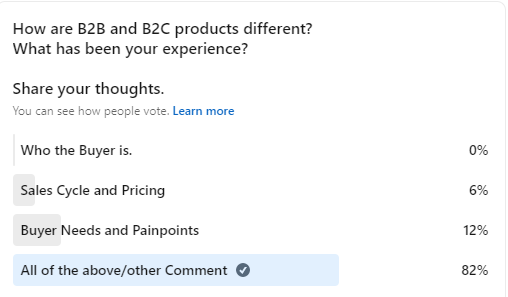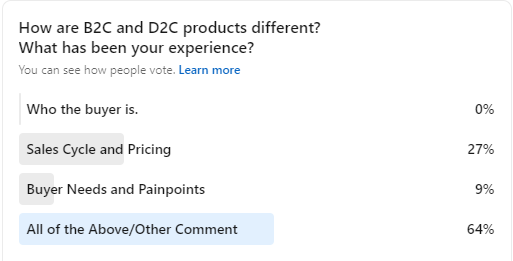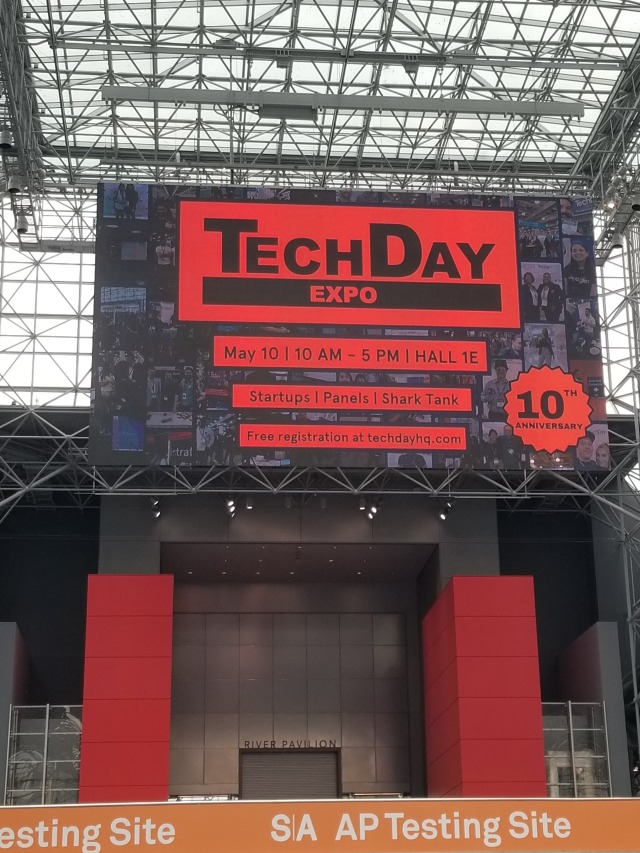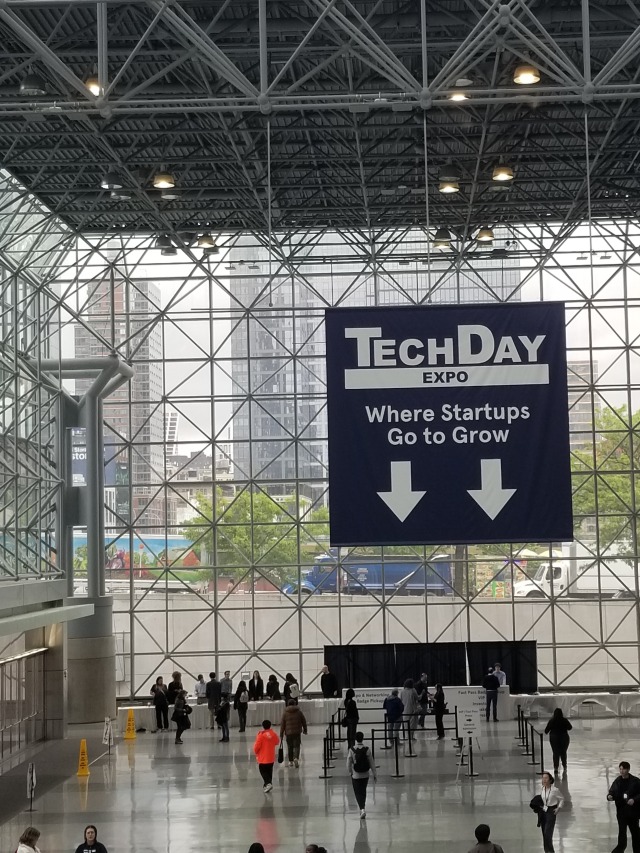10 Key Insights from Advertising Week 2019
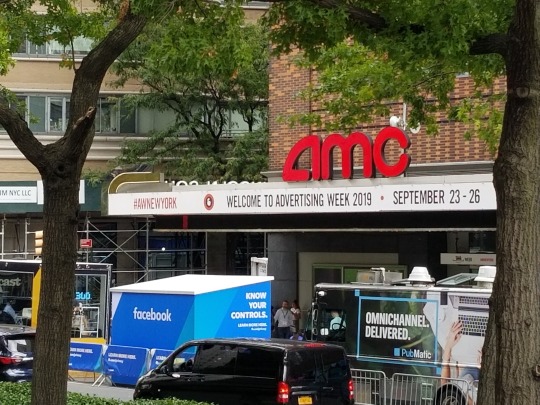
I covered Advertising Week in New York. Advertising Week is where the best minds of Marketing and Advertising meet to share and learn best practices.

Matt Scheckner Global CEO of Advertising Week shares his thoughts at the opening breakfast.

There were great panels and workshops.
My key takeaways from Advertising Week 2019 were:
1. Brands need to better understand emotional intelligence and be able to apply it to their content creation. Other emotions besides happiness drive purchases. Spencer Gerrol the CEO of Spark Neuro shares insights from a biometrics study on how emotion in content affects brand value.
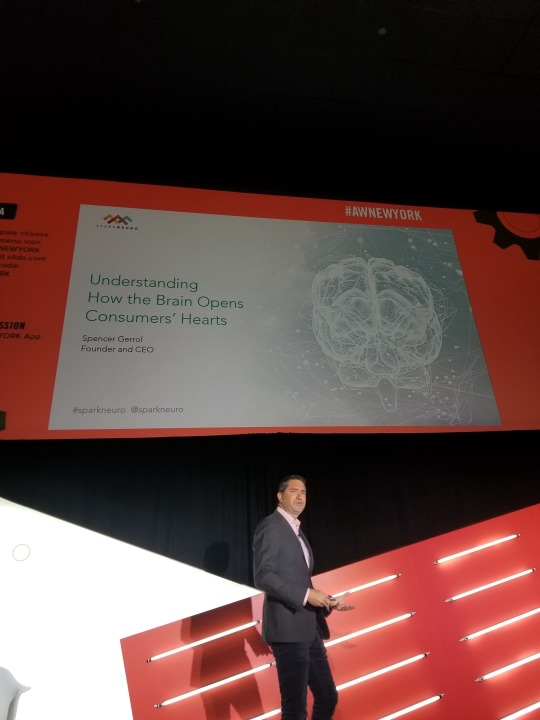
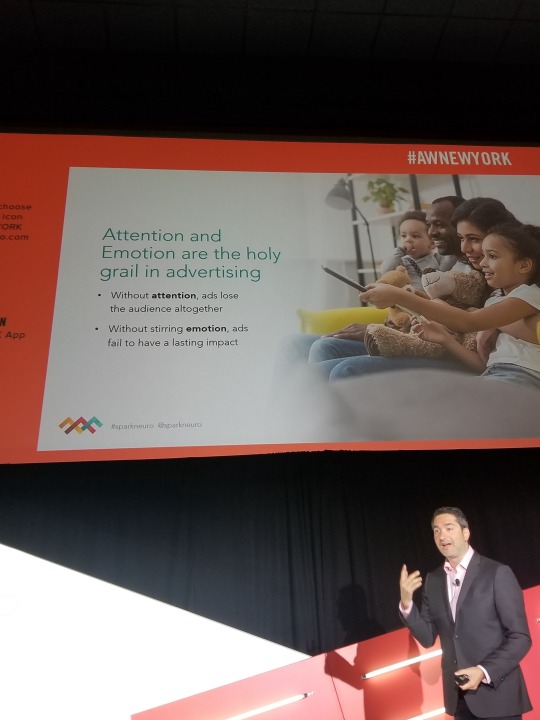
Spencer also did a live demonstration showing how the brain responds to Ads in real-time.
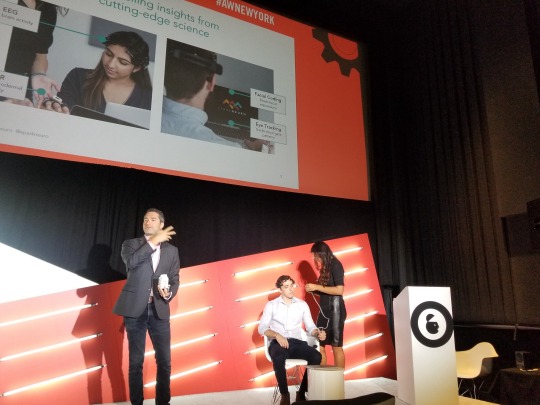
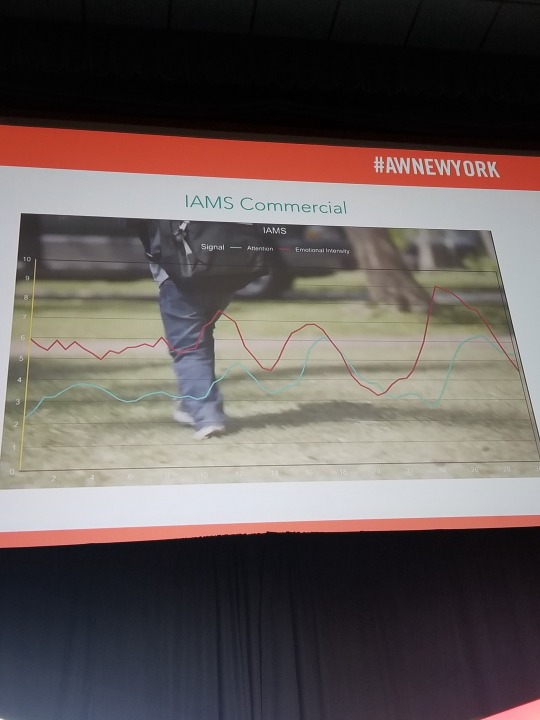
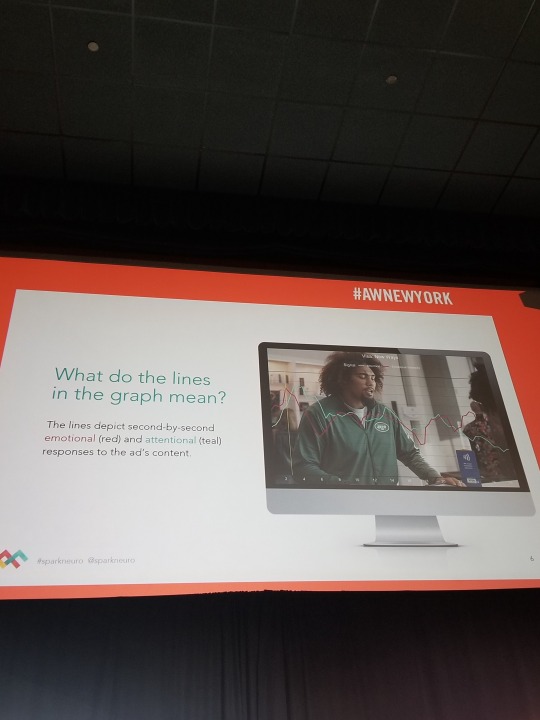
2. According to Gary Vaynerchuk, Marketing is becoming more like Sales in terms of being results-driven. Brands will eventually need to create up to 500 pieces of content per day to engage the ever-increasing buyer personas and customers’ tastes. Gary also shared the idea that LinkedIn is the best platform for organic reach.
3. Brands need to organize their organizations around the customer journey and experience. Philips SVP of Digital Marketing and E-commerce Blake Cahill shared how the company is organizing and transforming around the Customer Journey. He provided actionable steps companies can take to better serve customers.

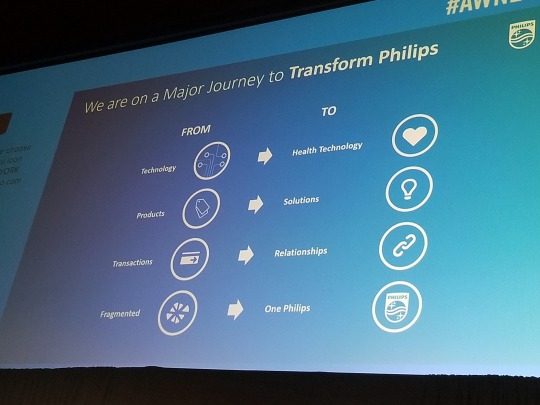
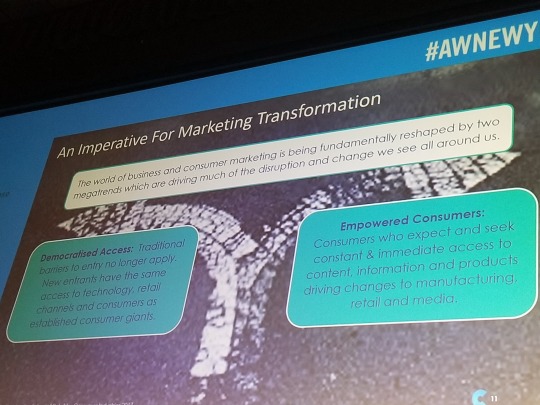
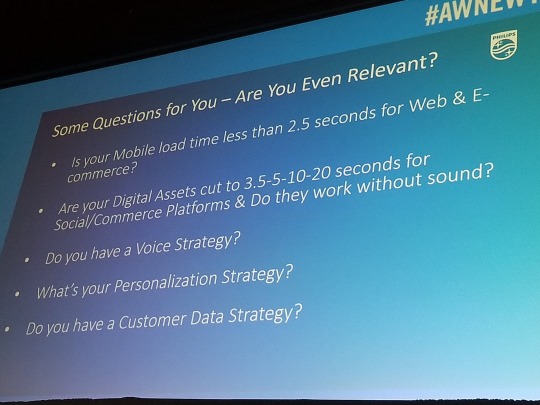
4. The funnel of today will look like a flywheel by 2030.

Nikki Issac of Mircosoft shares Microsoft’s Research on Marketing and the Customer Journey. She also moderates a panel with Esteban Ribero of Performics.

Brands need to use data and AI to better understand their customers. According to research conducted by Microsoft, only 20% of today’s marketers have a high customer experience quotient (CXQ). A high(CXQ) means that brands fully understand user intent to create their customer journey; improving their performance to increase customer engagement.
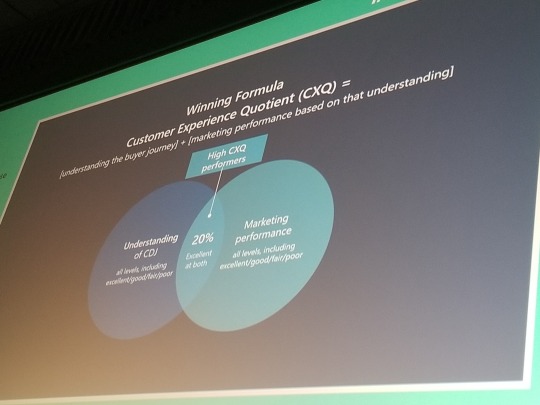
Why should Brands be Customer-Centric? Brands that were Customer-Centric saw a 45% increase in ROI/ROAS.
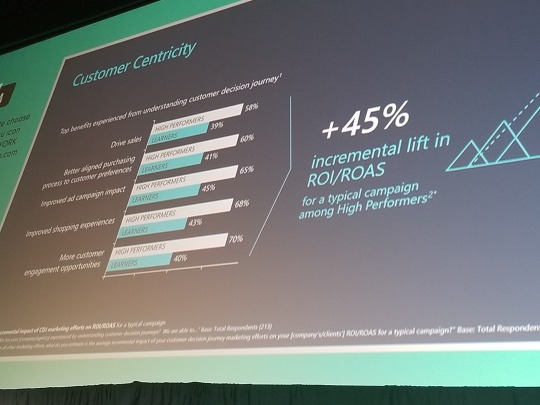
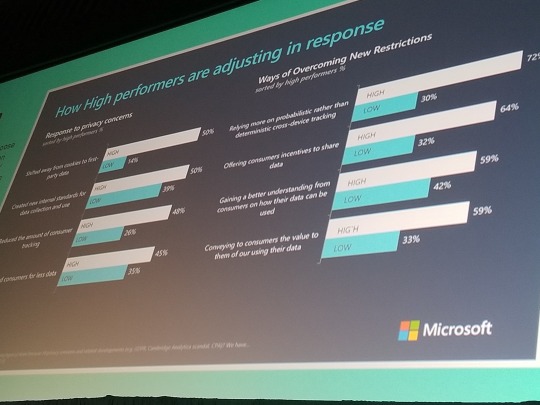
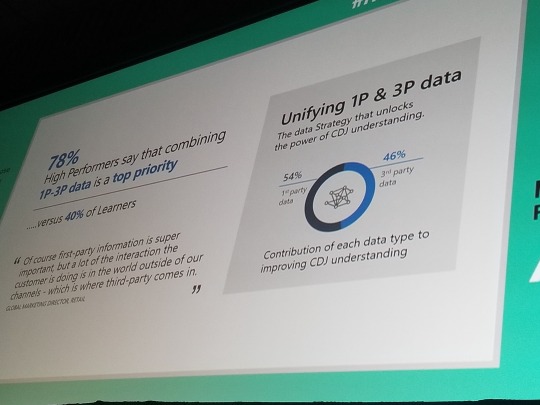
We will see the rise of the Chief Journey Officer or CJO.
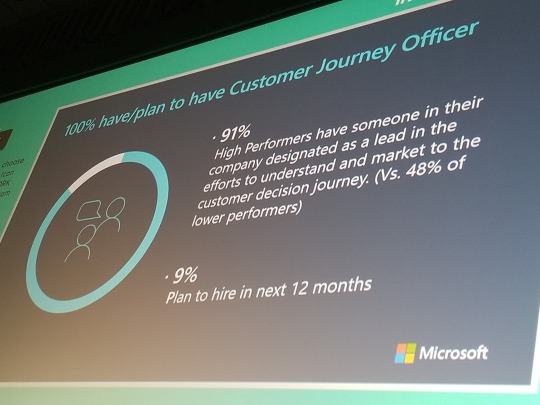
Where are you on the Journey?
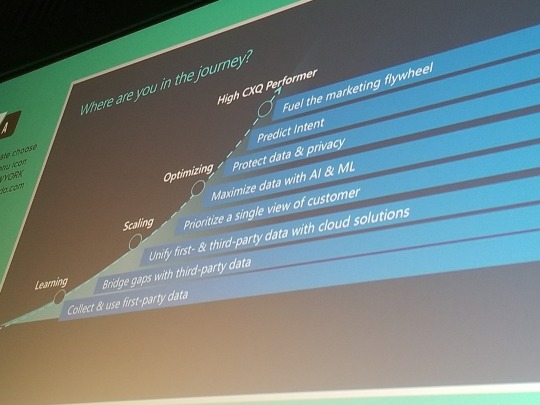
5. Brands need to understand the role of Social Media in Customer Journey and how it impacts customer buying habits and decisions.
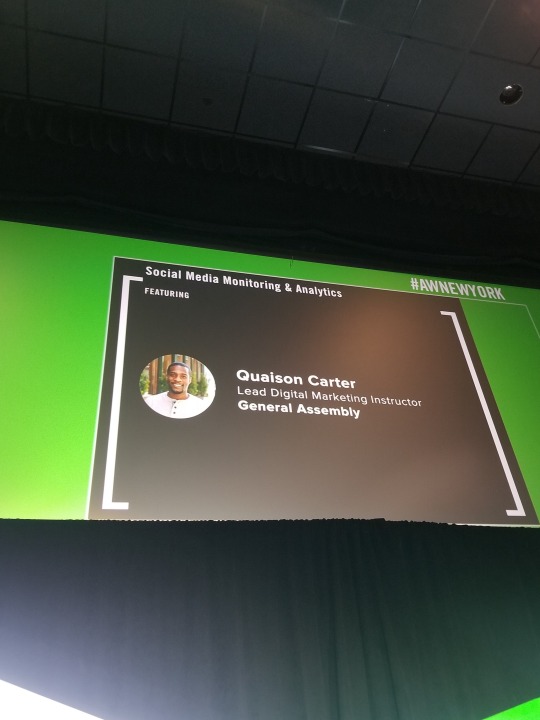
Businesses need to improve how they use Social Listening
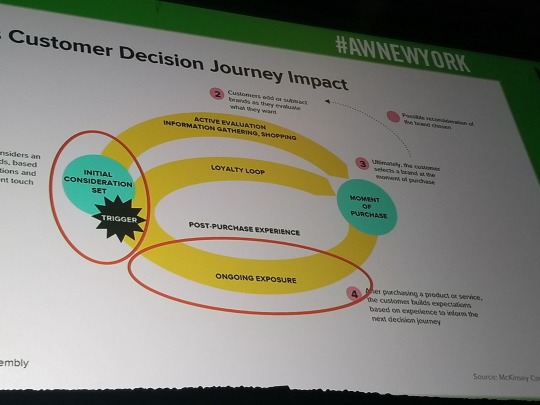
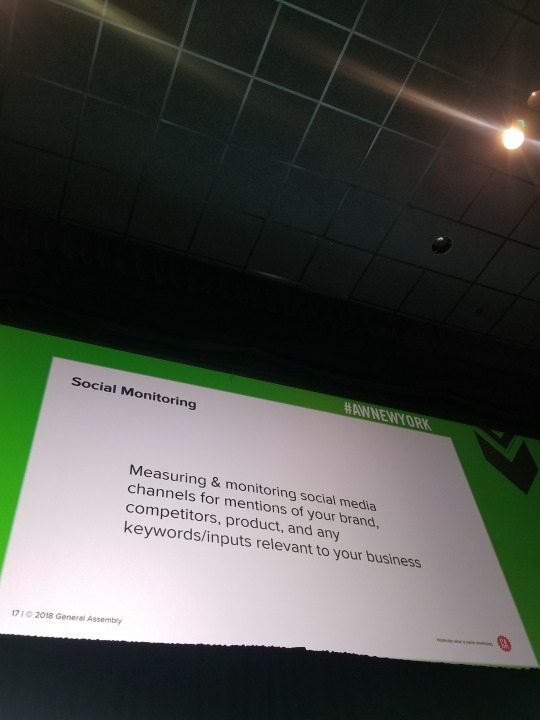
and Analytics tools to understand customer intent.
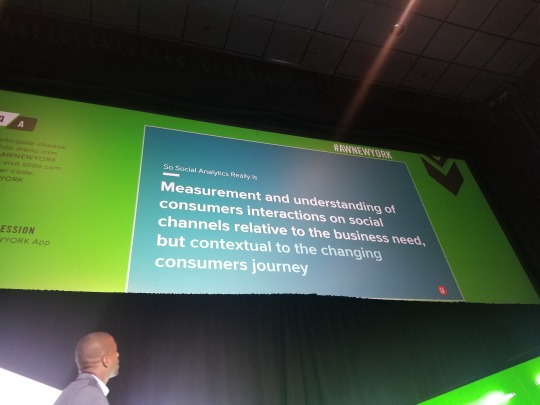
A framework needs to define and address KPIs at each touch-point in the customer journey.
Why is this important?
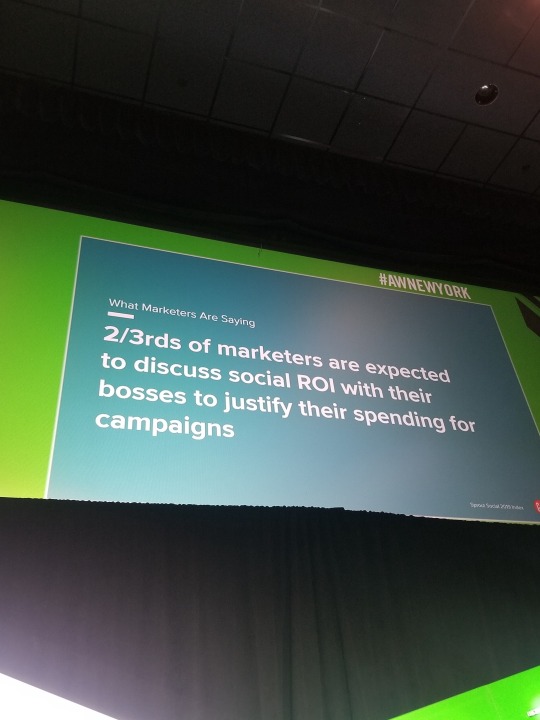
More Marketers believe Social Listening is important.
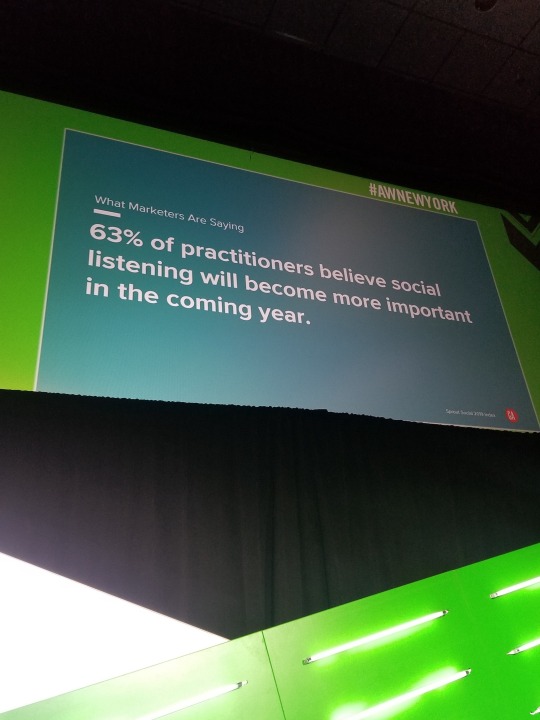
6. Brands need to apply design thinking to cultivating empathy for end-users, interpreting and framing problems they experience, creative solution generation, and continuous prototyping and testing. The goal is to provide creative solutions for the end-user.
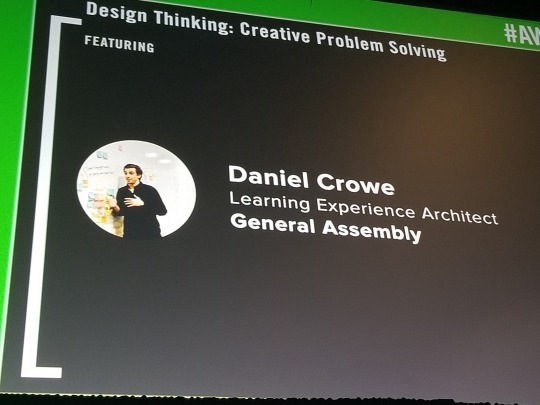
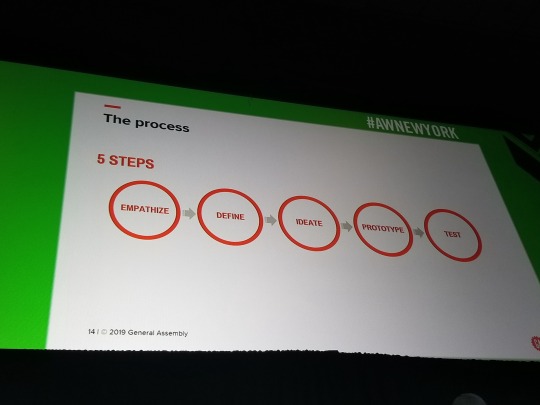
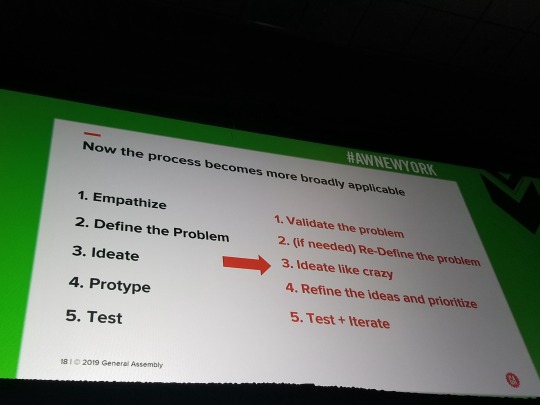
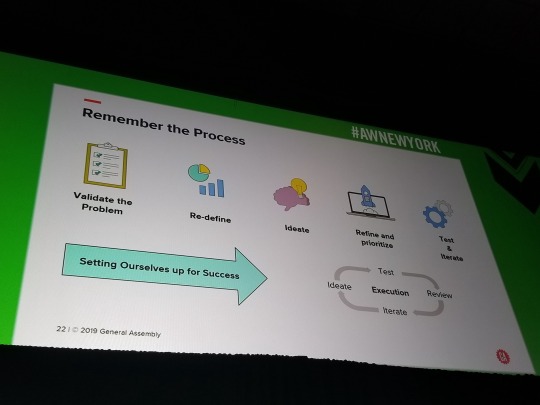
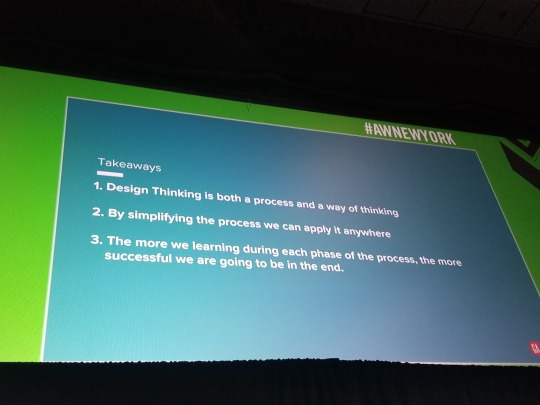
7. Brands need to listen and understand the customers of tomorrow. It is not just about Gen Z but Gen Alpha. Gen Alpha will be more active on social issues and more open to challenging the status quo than Gen Z.
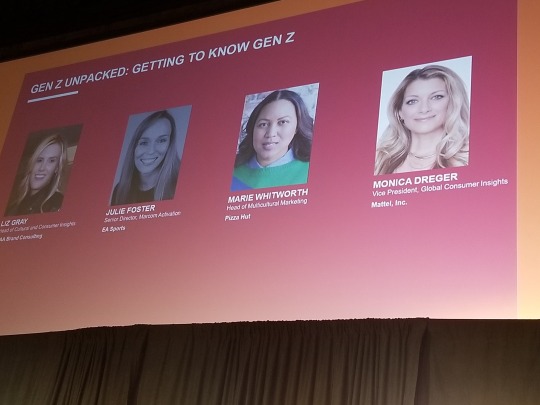
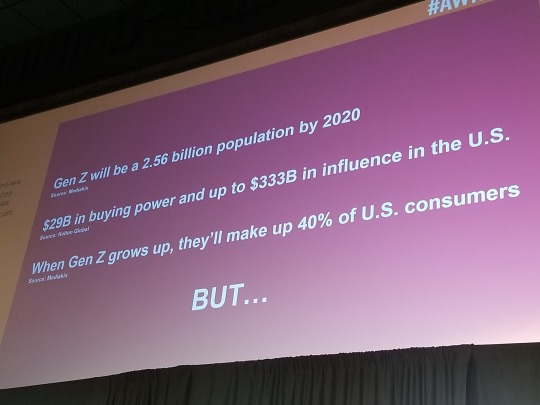
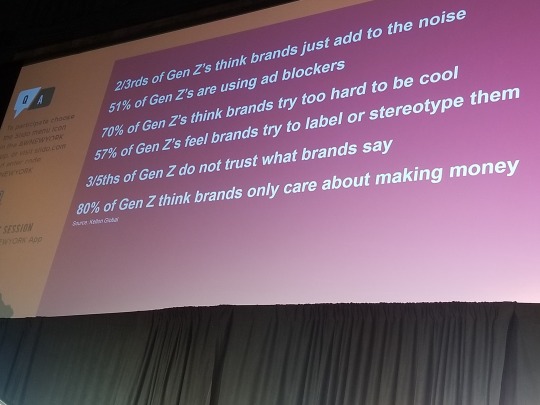

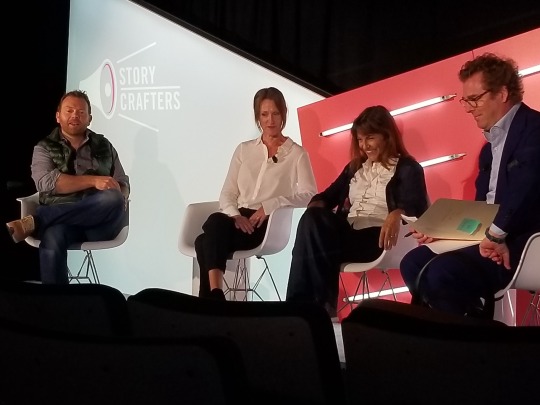
8. According to Samsung Ads, with the rise of the Connected TV, Brands will be able to track and measure the effectiveness of their TV ads, similar to online advertising. Targeted TV is of critical use for advertisers because TV is viewed on Mobile, Desktop, Native Smart TV and Display. Advertisers expect to be able to track customers across platforms while producing ROI/ROAS reports just like online advertising.
9. Televised sports will increase its presence in Television programming. Soon, Sports Betting will be Televised according to CEO Chris Ripley of Sinclair Broadcast Group. Eventually, gamblers will be able to view Sporting events and place bets in real-time over their Smart TV and/or connected devices. This will provide gamblers with great customer experience.
10. Any business can use technology and creativity to: build community, start and scale an eCommerce business, create content and campaigns that convert.
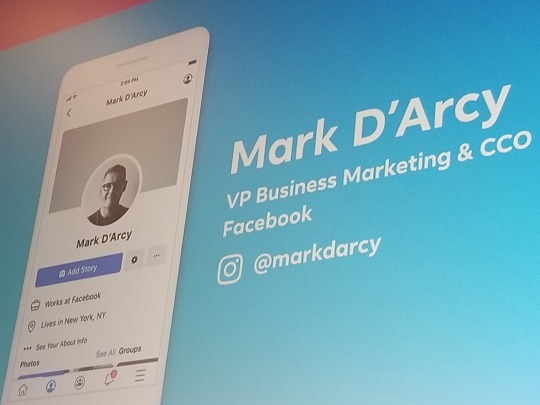
Facebook’s Mark D’Arcy, CCO and VP of Global Business Marketing showed how to do this using Facebook.
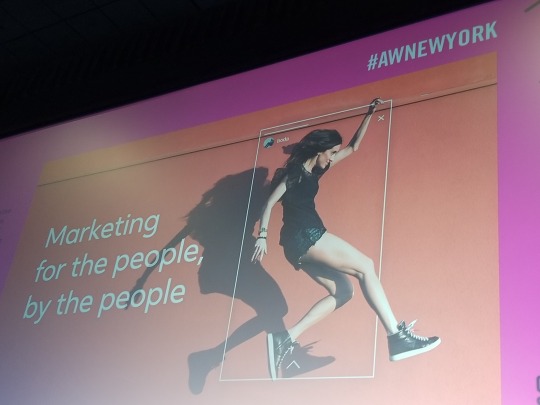


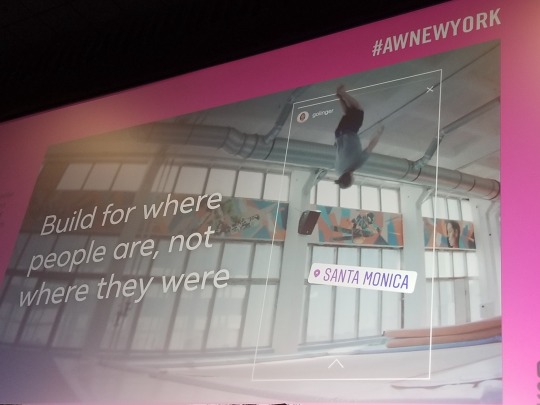

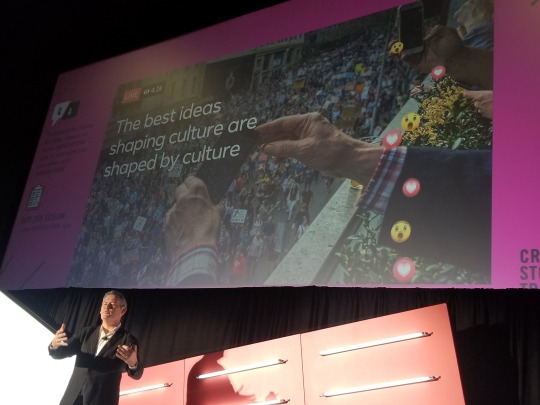
Mark also spoke on Facebook’s social initiative Boost with Facebook. Boost with Facebook helps break down socioeconomic barriers by offering people the chance to up-skill on everything from using Facebook to finding a job. Boost with Facebook is a combination of online learning and live workshops.
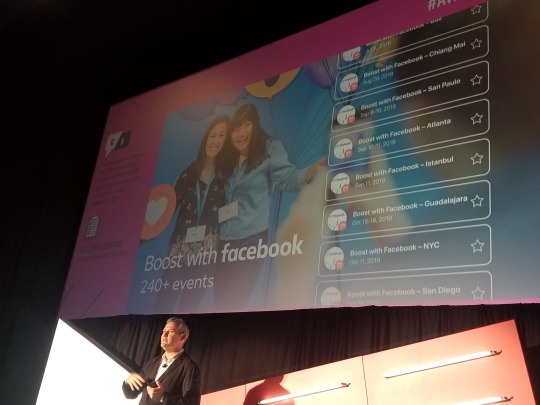
Advertising Week 2019 was a great event. I want to thank everyone that made the event possible. On a personal note, I want to thank Matt Scheckner the Global CEO of Advertising Week and the Sunshine Sachs Communications team for having me as their guest.
What did you learn from Advertising Week 2019?
Join the conversation.

